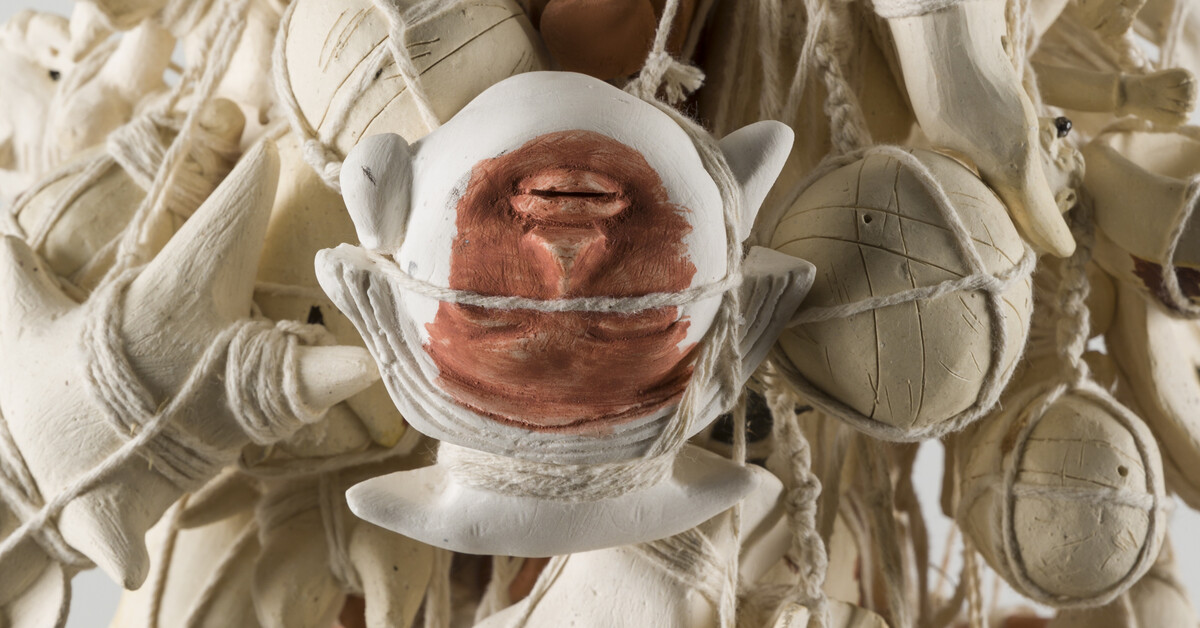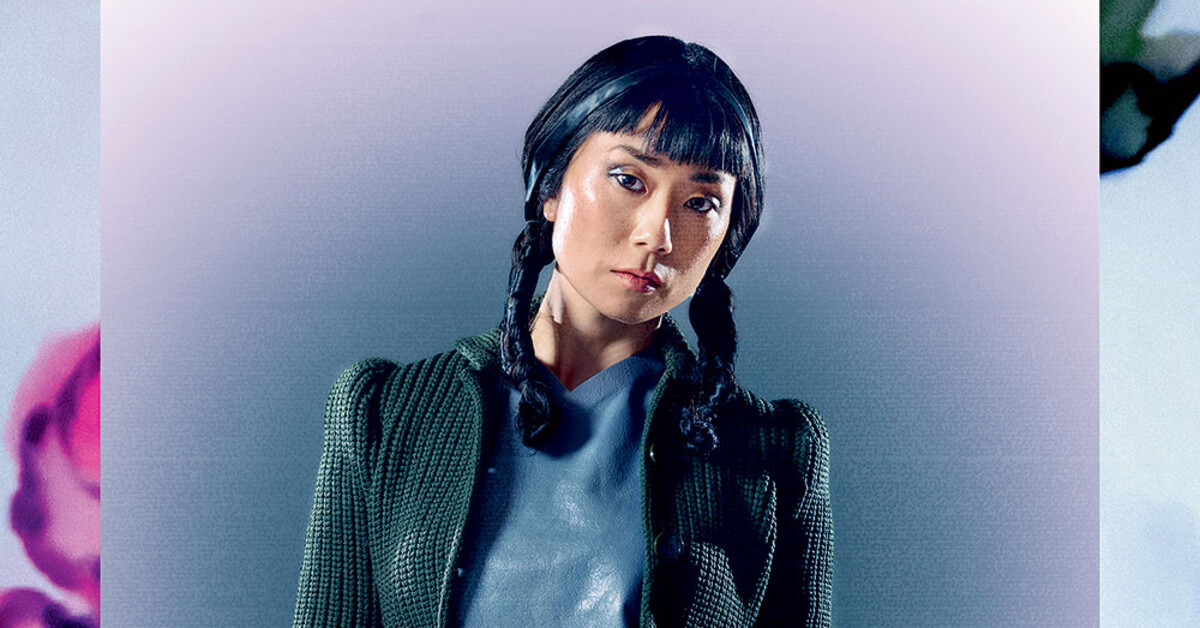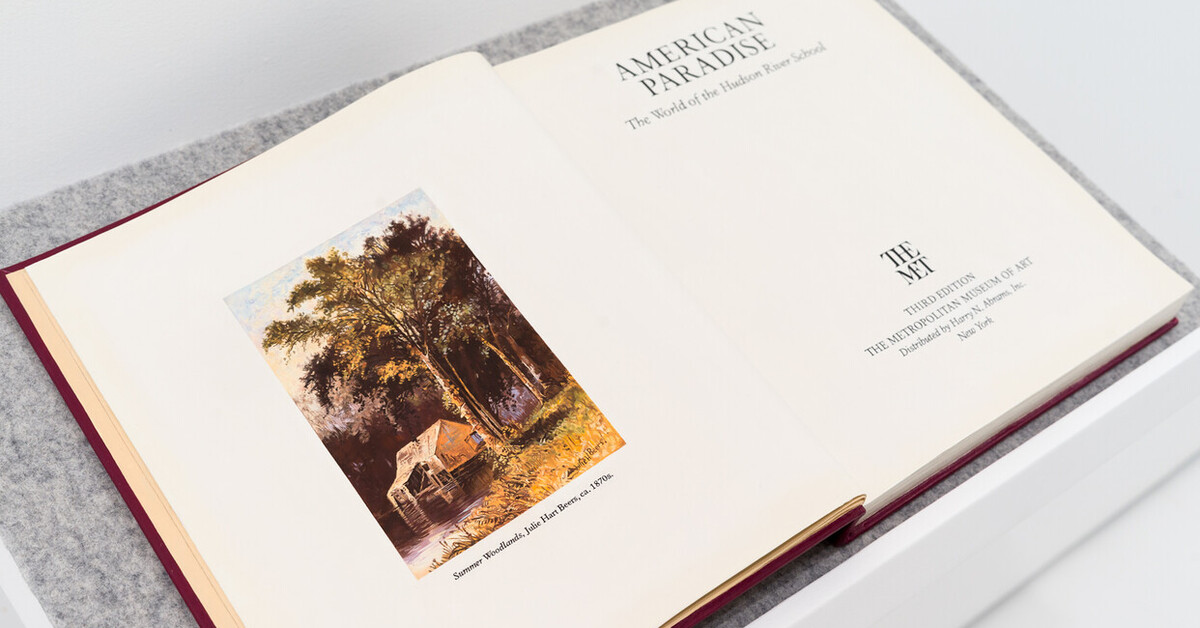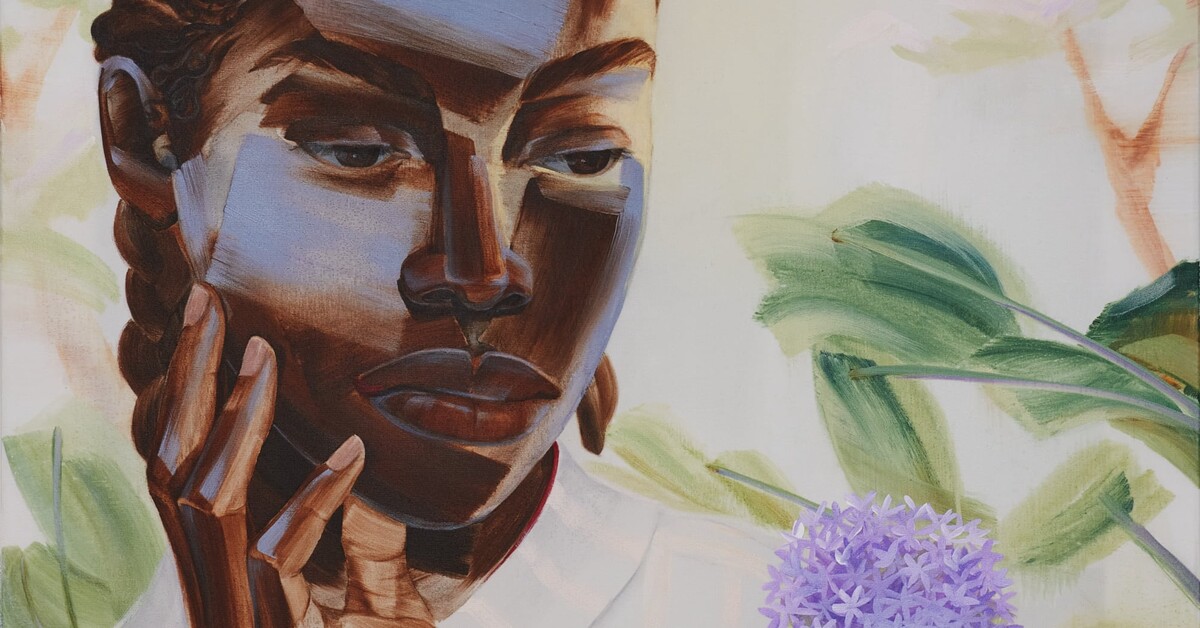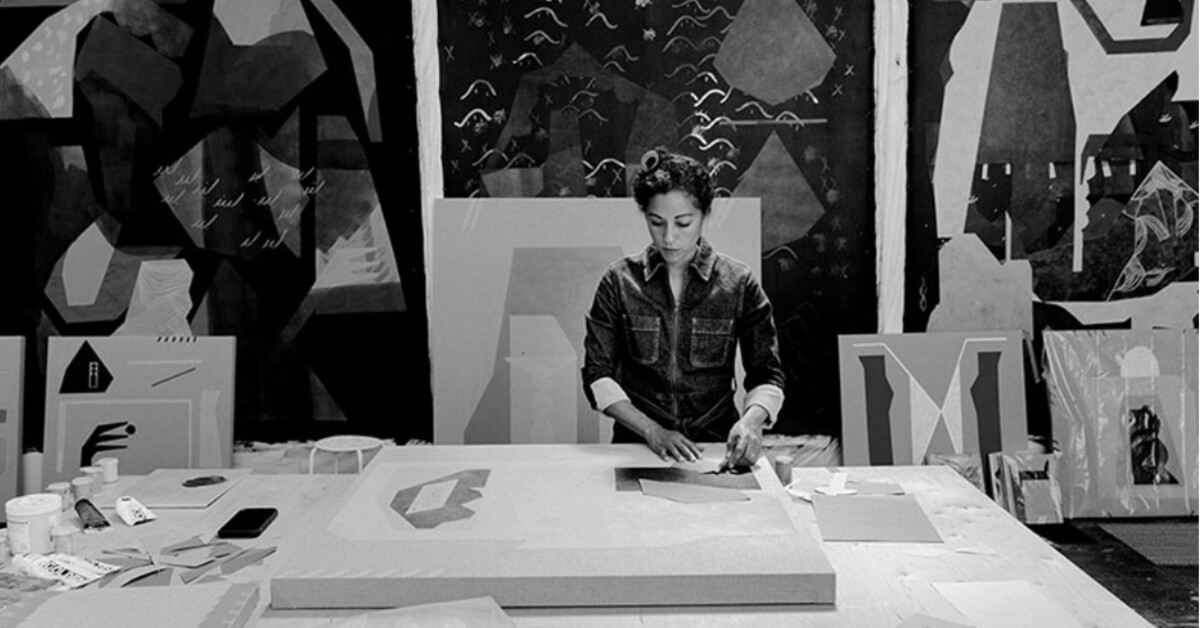A cultural dip at CAM
The St.Louis American / Mar 28, 2025 / by Zaria Mac / Go to Original
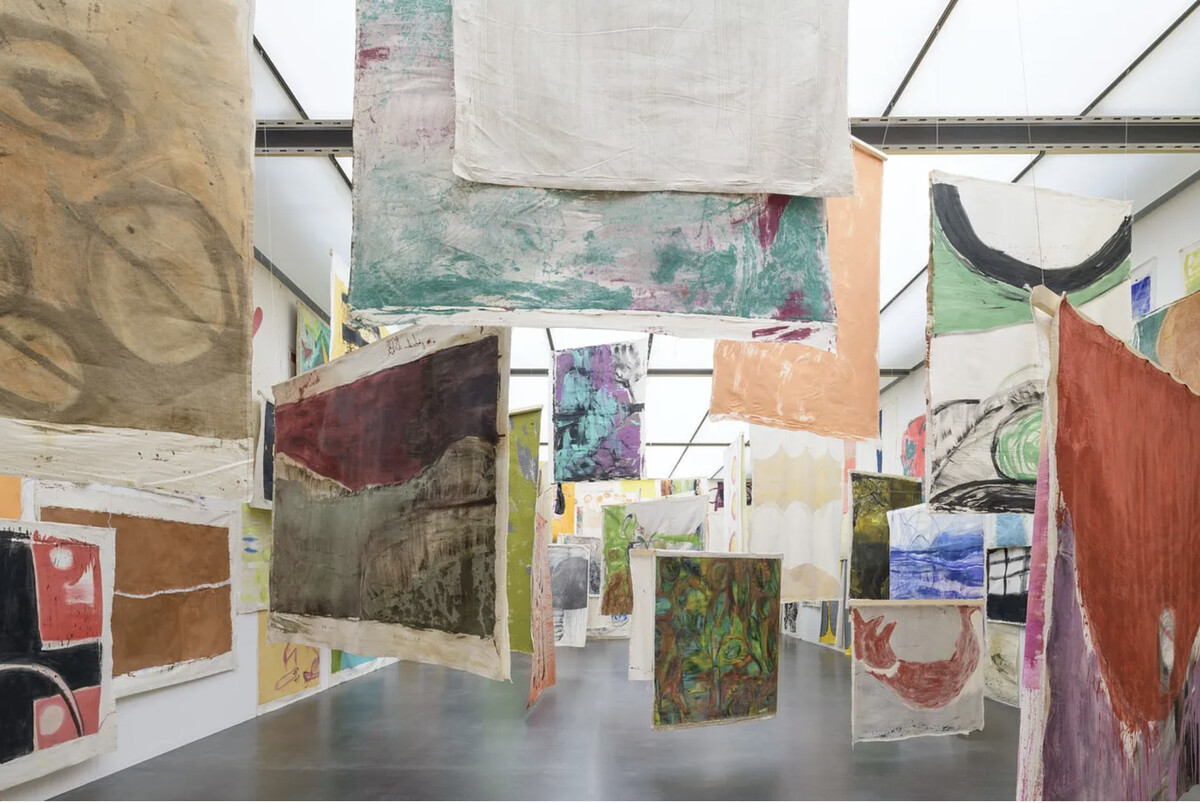
Installation view of Vivian Suter. Retrospective, Kunstmuseum Luzern, Lucerne. Credit: Image courtesy of Contemporary Art Museum St. Louis
The Contemporary Art Museum St. Louis unveiled three new exhibitions, “Like Water,” “Make the River Present,” and “Confluence” as part of their spring/summer season.
“These exhibitions [take] more of an interdisciplinary approach, delving into how contemporary artists, writers, and cultural stewards are engaging with and responding to the Mississippi and Missouri river,” said Executive Director Lisa Melandri at a press and patron preview event earlier this month.
“We got water, the river [and] these ecologies all day long at the Contemporary Art Museum – and together they really do compliment one another.”
The “Like Water” exhibition fills the main gallery and features six different artists: Jamal Cyrus, Simone Fattal, Dionne Lee, Candice Lin, Beatriz Santiago Munoz, and Vivian Suter. This suite of exhibitions includes sculpture, video, ceramics, textiles, collages, and paintings all materializing their individual relationships with water.
“The spring/summer collection at the CAM gives us the opportunity to explore themes of water,” said Melandri. “Yes, the actual element, but also ecology – the intersection of global artistic practices, and the idea of what water can mean to us emotionally and physically.”
The “Like Water” exhibition is organized by Ferring Foundation Chief Curator, Dean Daderko. He shared that “Like Water” is part of a larger series of four exhibitions called “The Weather Inside.”
“Think about the spaces where a physical material notion of landscape and an interior emotional notion of landscape collide with each other,” Daderko said.
For the exhibition, Daderko united the six different collections by removing all the walls – which brings the pieces together in space. He highlighted how colonial history is emphasized in their works.
In the Beatriz Santiago Munoz collection, a three-channel video installation depicts the legend of Philoctetes. After being wounded on his way to battle, Philoctetes is left behind on an island. In the video, she replaces the chiseled Greek hero with a friend – which creates a parallel between Philoctetes’ story, and the “left behind” treatment of her country, Puerto Rico.
Colonial history is also present in the works of Jamal Cyrus through the use of denim and cotton. For his central display he laid strips of denim dyed a rich indigo atop a slab of compressed soil. He also included strips of lightened and distressed denim to make the scene ripple like the waves that carried enslaved peoples to the Americas. He chose layers of indigo to dance across these waves recounting the many lives lost to this antebellum cash crop.
The theme of water continues upstairs in the Education Gallery with “Make the River Present,” which also features six different collaborators: Allena Brazier, Dail Chambers, Galen Gritts, Monique Verdin, and community organizations Native Women’s Care Circle and the Blackwater Heritage Trail.
“It is an exhibition and program series that is grounded by individuals whose cultural stories, knowledge, and creative efforts help us remember our vital connection to the Mississippi and Missouri rivers,” said Michelle Dezember, Director of Learning and Engagement. She co-organized the “Make the River Present” exhibition along with independent curator Alina Brazier.
Dezember – a California transplant – assumed the river would play a larger role in how she would orient herself to the region. She was almost disappointed in the effort it took to see the river. It was this feeling that gave birth to “Make the River Present” – a rediscovering of the rivers through Indigenous and African American perspectives.
It inherently addresses colonial histories with a map valiantly titled “Reindigenized 1861 Mississippi Watershed Map” created by Monique Verdin of the Houma Nation. This small form of activism reinvigorates forgotten stories, and the uncharted connections overlooked years ago by settlers. She finished the map with the help of her artistic associate Karen Goulet (Ojibwe) as the two “wondered what the stars might see as they looked down at the Mississippi.”
The final exhibition, “ArtReach: Confluence,” was an outcome of the museum’s ArtReach Partnership program with Sumner High School and Vashon High School. Celebrating its 8th year, it was organized by Education Manager Miriam Ruiz.
The “Confluence” exhibition includes “Braid it, Weave it, Fuse it” from Vashon students with resident teaching artist (RTA) Adrienne Outlaw – a collection strengthened by recycled plastics. “ArtReach: Confluence” also includes “Creating Flow,” a gallery of abstract paintings done with student-made brushes at Sumner with RTA Dee Lavang, and “Digital Confluence” also from students at Sumner under RTA Rodrick Whetstone. “Digital Confluence” is a group of 3D printed objects reimagined from 2D designs.

